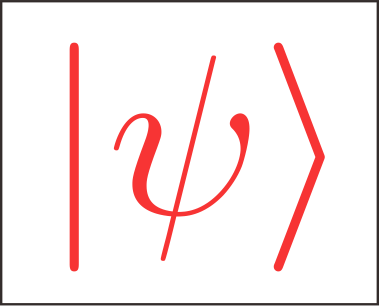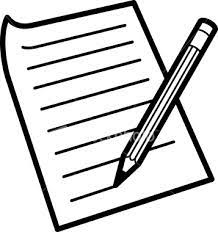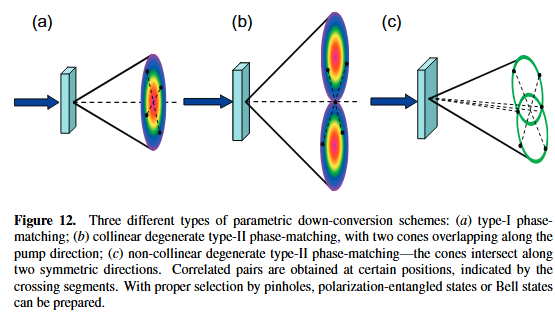文章写作经验总结
写作
之前写文章一直不注重逻辑,以为做科研就是会推导,会计算。当自己开始写文章之后,才发现,做科研绝不仅仅只是推导和计算,还要有物理思想,也要在算之前学会分析某个问题是否有意义。
写文章的过程,是完整的向读者展现自己的科研成果,而不是为了炫技。无论是在题目、摘要,还是正文,目的都是要让别人以最小的代价,知道你做了什么,你想强调什么,你为什么做的牛逼。
最近一边写文章,一边被老板吐槽,幡然醒悟自己以前的一些科研习惯是多么的不好。现在对一些需要注意的点进行总结。
如何提高文章质量
一些需要关注的点:
- 简洁、通俗易懂,少用一些不常见的名词来描述你的工作,这样别人不知道你做的是什么。
- 第一句一般是背景,也可以是你做的东西。
- 要有条理,有层次,每一句话都是有意义的。
- 最后一句要说工作的意义或者潜在应用。
上述是一个常见的,不会出错的大致讨论,实际上要写好一个摘要,还是得自己琢磨背后的逻辑。
介绍部分
- 基本框架可以写成:
- 大背景是啥。
- 问题是啥。
- 别人怎么解决。
- 解决的不好在哪?/还有什么没解决。
- 然后我们提出了···,介绍我们的工作的时候,可以和摘要类似,说法上稍微有点变化就行。
- 一些需要避免的点:
- 一定要注意文献的列举是为了说明工作的背景,但不必一直去罗列别人的东西。即不要天花乱坠的说别人的工作,不要写成related work。一定要注意和自己的工作进行联系和对话,不要跑偏。
- 文献非常多,不可能全部引用全,但是在语言表达上,要留有余地,即虽然没有引用,也只是一点小问题,而不是某一大类的文章根本没关注到。
- 比较关键的部分:
- 要有一个逻辑,规划好每一个大的部分应该要完成什么任务。
- 然后每一个部分的每一个段落,尽量也有相关的任务,最好是在段落的开头以及结尾说出来这一段要干啥。每一个段落,都是有目的的,是有中心思想的,要让读者能够从一些你的总结性的语言中,知道你每一段是要介绍什么。
- 如果文章分成了多个小节,每一节应该都有个过渡以及小总结。
- 即使是理论文章,公式也不能太多,将最关键的公式写成行间公式,普通公式就写成行内即可。
- 要把复杂的东西,讲简单,保留最核心的东西。
- 文章创新点最多两条即可,不要一味的罗列。
- 背景介绍要清晰,简单,有说服力。
- 图是为你的文字服务的,不要开始描述图。而是说,你有什么要点要展示,那么图的哪些观点可以支持你的观点。
- 除非是必要的,不然不要花太多的篇幅讨论别人的已经有的东西,直接一步到位说结论,这才是最重要的。
- 注意与文章的主旨互动与服务。
- 尽量避免一味的描述、一味的罗列,而是要进行归纳整理。
一些需要养成的好习惯:
- 平时读文章的时候,要有意识的去学习和模仿。
绘图部分
绘图也是一门非常重要的技术,我这里先总结一下关键点:
(1)
Cover Letter部分
基本格式
第一段,说明文章标题以及主要作者
格式一、
Cover Letter
Dear Editor,
We hereby submit the article entitled “Wavepacket interference of two photons through a beam splitter: from temporal entanglement to wavepacket shapin” by XX,YY, and ZZ for consideration as publication in the XX
也可以简要说一下内容:
格式二、
We are excited to submit a manuscript titled “Passive Photonic Phase Gate via a Two-Level Emitter and Few Cavities” by Z. Tian et al. to be considered for publication in XX. Here we show that ···
第二段、简要介绍背景以及研究动机
大背景
- XX plays an important role in YY,······
- Single photons as flying qubits are ideal in many aspects
最后点一下当前的困境、未被研究的点。
- XX has not been studied
- XX has not been reported yet
- XX remain unexplored/elusive
- However, the lack of direct interaction··· poses a grand challenge for
- there have been enormous endeavor to resolve the challenge
- One possible way to avoid xxx is to use xxx, which is complicated and challenging to implement in practice.
- Moreover, it has the xx problem.
- In summary, despite of enormous efforts over the past two decades, the problem of xxx persists.
第三段、 介绍我们做的东西
先说做了什么
- In our work, we propose a scheme to enhance
- Here, we study the
然后强调发现在哪:
- We find that ···
也可以有一些话强调独创性:
- To our knowledge, no such scheme has been presented before
- Our work represents a step towards a broad class of plasmonic devices that will enable faster, more compact optics, communication and computation.
- The results overcome a long-standing challenge in constructing spin-controlled quantum emitters under ambient conditions, opening new possibilities for tailoring light–matter interactions and designing novel quantum optical devices.
第四段、工作的创新点以及意义
说我们工作的最关键创新点在哪:
- we reveal xx
xx are obtained,
xx improves
然后简要说明其应用或者对相关领域的影响
which can be used to construct flexible tunable dielectric micro/nano cavity
xx is a great platform to engineer
our findings may have potential applications for
- We believe that this work is important to the field of the rapidly developing quantum photonics and in general quantum information science, and will attract a broad range of researchers.
最后说我们的工作会引起哪些领域人的兴趣
- we believe this work will be of interest to those working in the fields of nanophotonics, metamaterials, and CQED
- our research will attract the attention of the community from quantum optics to nano-photonics.
第五段、结尾以及审稿人的介绍
Five possible reviewers are provided in the next page.
We look forward to receiving comments from you in due course.
Yours faithfully,
Prof. XX
单位
Email: xxx
第六段、 列出审稿人
Five possible reviewers:
- Yun Lai
Address: National Laboratory of Solid State Microstructures, School of Physics, and Collaborative Innovation Center of Advanced Microstructures, Nanjing University, Nanjing 210093, People’s Republic of China
Email: laiyun@nju.edu.cn



